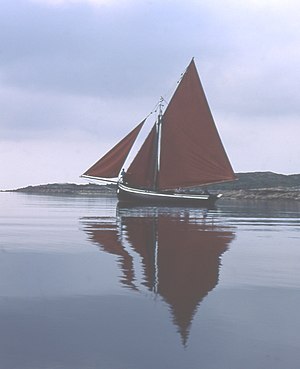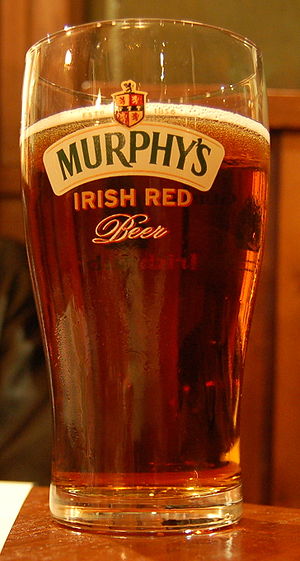Fifteen billion. Fifteen frigging billion¹. Where the hell are we supposed to find that, between the couch cushions? We’re already putting lives at risk, we’ve mortgaged the next decade, our banks are owed billions they’ll never recover. How can we spare that kind of money?
The blunt answer is we cannot. It’s pious fiction, intended not so much for domestic as international consumption. We’re beholden now to the bond market for the cash we need just to keep things running, so they’re the real audience for everything government says. We need to get that good review in Standard & Poor’s, the Michelin Guide of money. You have to remember here that the bond market is a market – what’s more, a seller’s market right now. There are a hell of a lot of countries desperate for loans and we’re competing with them for the limited cash available. So essentially a declaration like this is advertising, a way to say “Look, we’re a good bet! See how unspeakably ruthless we can be to our own people!” Rival money-buyers like Britain say they’ll make cuts of £81 billion, we double that. It’s competitive cruelty.
Yes; in per capita terms we’re losing twice as much as UK citizens – in this round of cuts alone. So don’t let anyone (in Fianna Fáil) tell you that we’re just like any other country in this world recession.
But will advertising alone be enough to convince the markets? I doubt it. Understandably, political pronouncements have little impact on market sentiment. What’s needed here is real, spectacular evidence – such as actually shutting down institutions of education and of health. That way investors know government is not squandering money on inessential fripperies like people, but is concentrating on the main business: being a cash cow for the money-owners of this world. So the sooner we have bodies on the streets the better frankly. If anyone feels like volunteering – and I think many must these days – that would be very patriotic.
Or we could try out Senator Donie “It’s not easy on €65,000” Cassidy’s idea. What he wants RTÉ to do is talk things up, stop dwelling on the negative side of the fact that greed and mismanagement have cost us another €15 billion. As there clearly is no actual positive side to this, what he obviously means is that we should invent one. Tell the world that tractor production is rising, that the four-year plan is bearing fruits for the people and all is well in the best-run of all possible countries, that sort of thing. Oppression, I think it’s called. God bless him for trying, but somehow I doubt it’ll fool global investors.
I have a third idea. It may sound a little bit crazy, but if you think about it I believe you’ll see that it just might work. If we really want to convince international markets that the economy is being run in a sensible and competent way, shouldn’t we get rid of the incompetent idiots who are running it?
- The amount the government says we need to cut from the budget.












